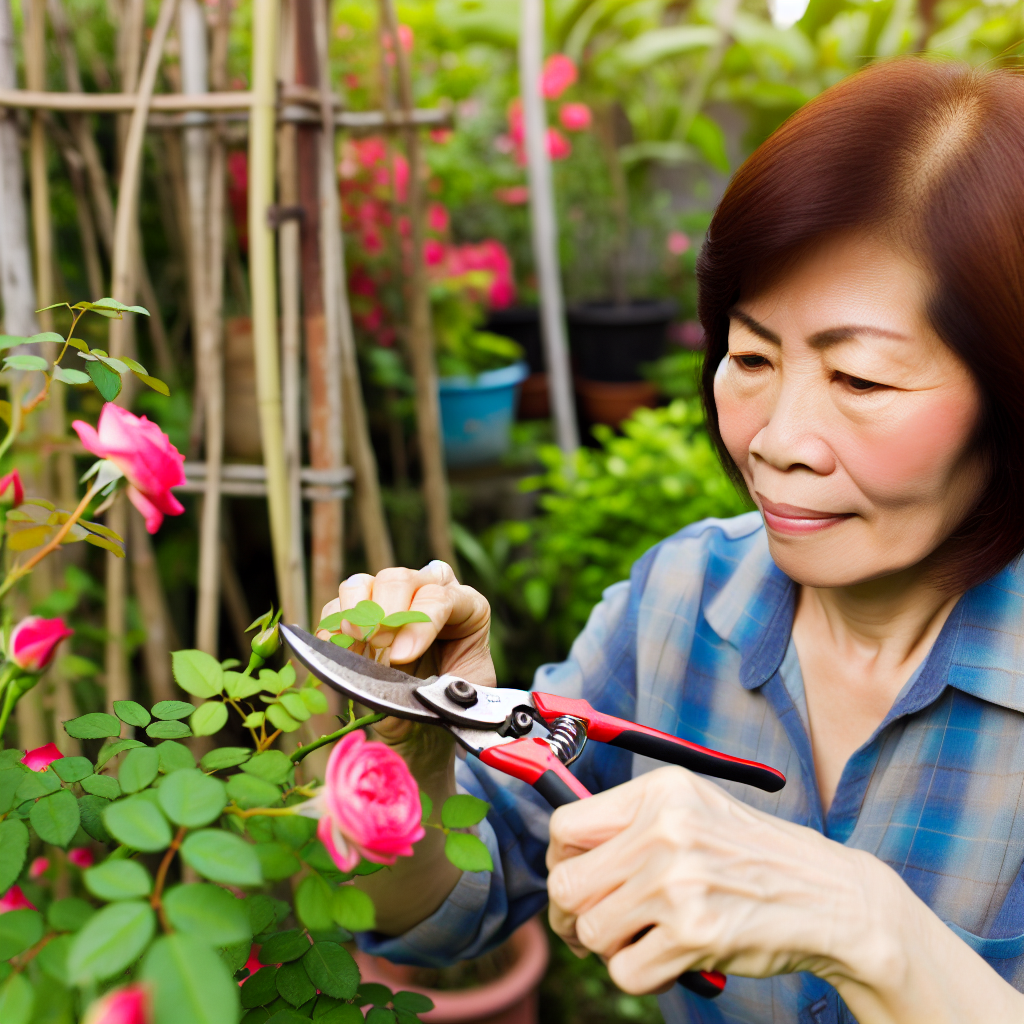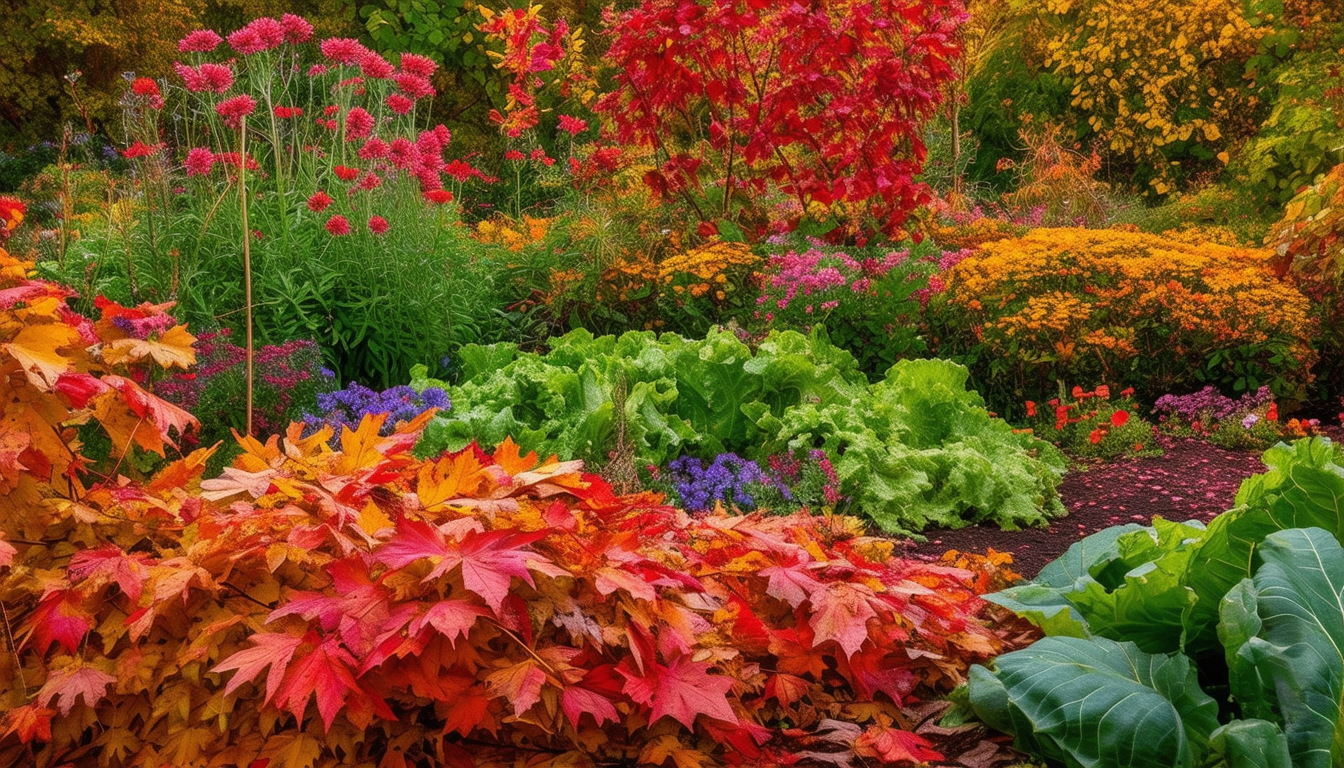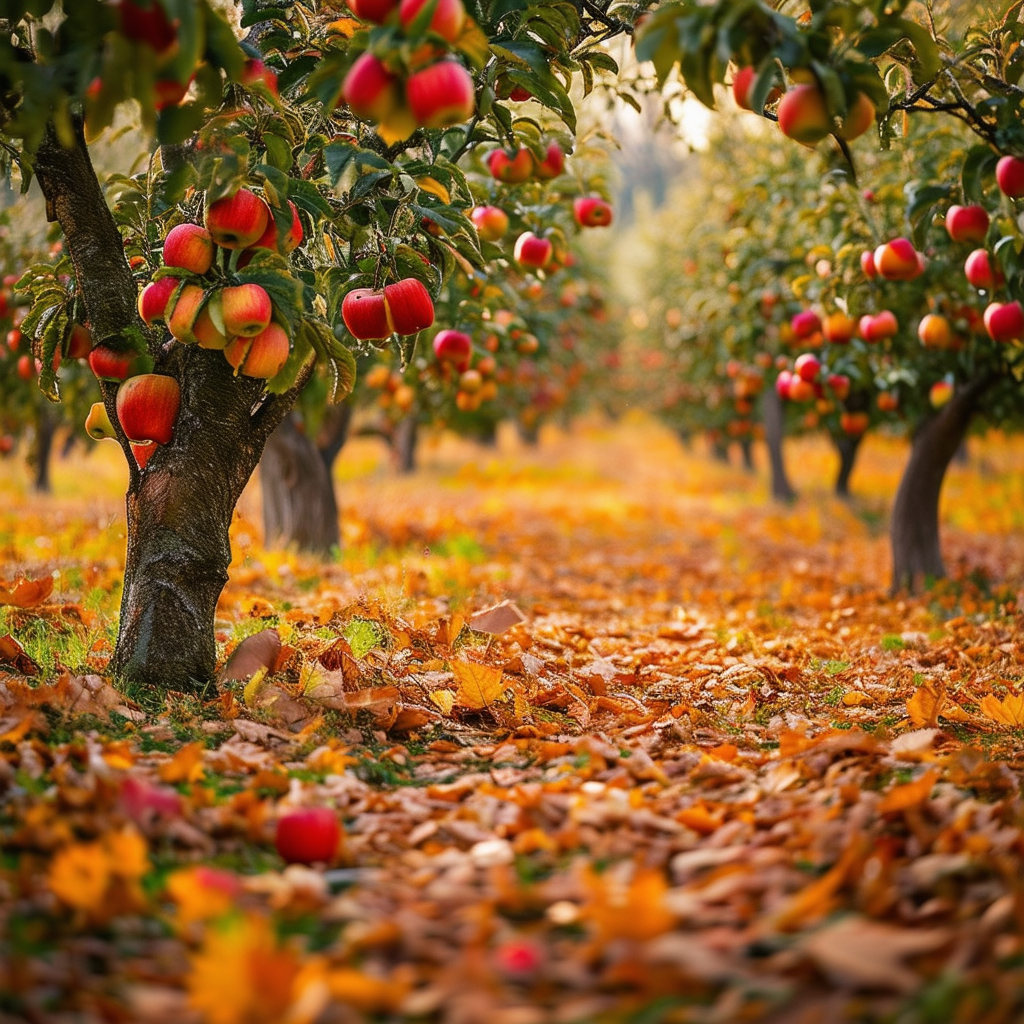
Unlock the secrets to thriving roses with expert pruning tips.
1 Understanding the Importance of Pruning
Pruning is a crucial practice for maintaining the health and vitality of your rose plants. It helps remove dead or diseased wood, encourages new growth, and improves air circulation within the plant. This not only enhances the overall appearance of your roses but also promotes more abundant and beautiful blooms.
Regular pruning can also help prevent the spread of diseases and pests by removing infected areas early. By understanding the importance of pruning, you can ensure that your roses remain strong, healthy, and capable of producing stunning flowers year after year.
2 Identifying the Best Time of Year to Prune Roses
The ideal time to prune your roses largely depends on the type of rose you have and your local climate. Generally, late winter to early spring, just as the buds begin to swell but before new growth starts, is considered the best time for most rose varieties. This timing allows you to remove any winter damage and shape the plant before the growing season begins.
In warmer climates, you may need to prune twice a year—once in late winter and once in late summer—to manage vigorous growth and maintain a tidy shape. Always avoid pruning in late fall, as this can stimulate new growth that may be damaged by winter frosts.
3 Essential Tools and Techniques for Effective Pruning
Having the right tools is essential for effective pruning. Invest in a good pair of sharp pruning shears, loppers for thicker branches, and a pruning saw for the largest canes. Clean cuts are crucial to prevent damage and disease, so keep your tools sharp and clean.
When pruning, always cut at a 45-degree angle about 1/4 inch above an outward-facing bud. This encourages new growth to develop away from the center of the plant, promoting better air circulation. Remove any dead, damaged, or diseased wood first, then focus on shaping the plant and thinning out crowded areas to allow light and air to reach all parts of the rose bush.
4 Feeding Your Roses for Enhanced Growth
Feeding your roses is just as important as pruning them. Roses are heavy feeders and require a steady supply of nutrients to produce lush foliage and abundant blooms. Start by applying a balanced, slow-release fertilizer in early spring, just as new growth begins.
Throughout the growing season, supplement with a liquid fertilizer every 4-6 weeks to provide additional nutrients. Organic options like compost, well-rotted manure, or fish emulsion can also be beneficial. Always water your roses thoroughly before and after feeding to help distribute the nutrients and prevent root burn.
5 Preventing and Treating Common Rose Pests and Diseases
Roses are prone to several pests and diseases, but with proactive care, you can keep these issues at bay. Regularly inspect your roses for signs of common problems like aphids, spider mites, black spot, and powdery mildew. Early detection is key to effective treatment.
Use insecticidal soap or neem oil to control pests, and remove any infected leaves or canes to prevent the spread of diseases. Maintaining good air circulation through proper pruning and spacing, along with regular feeding and watering, can significantly reduce the risk of infestations and infections. Additionally, choosing disease-resistant rose varieties can make your gardening efforts much easier and more rewarding.



